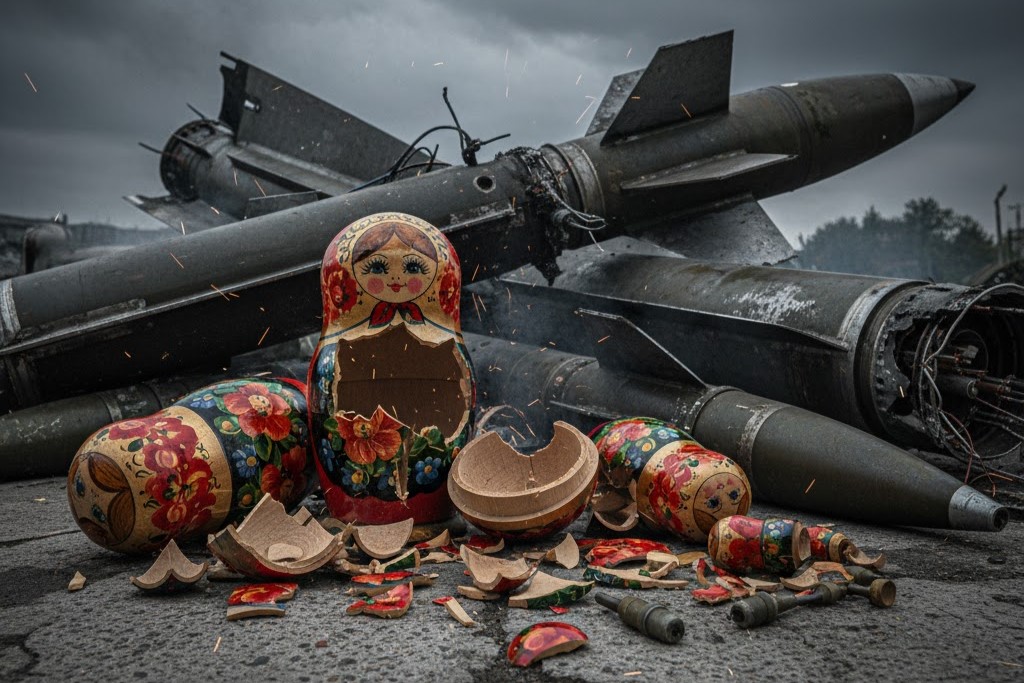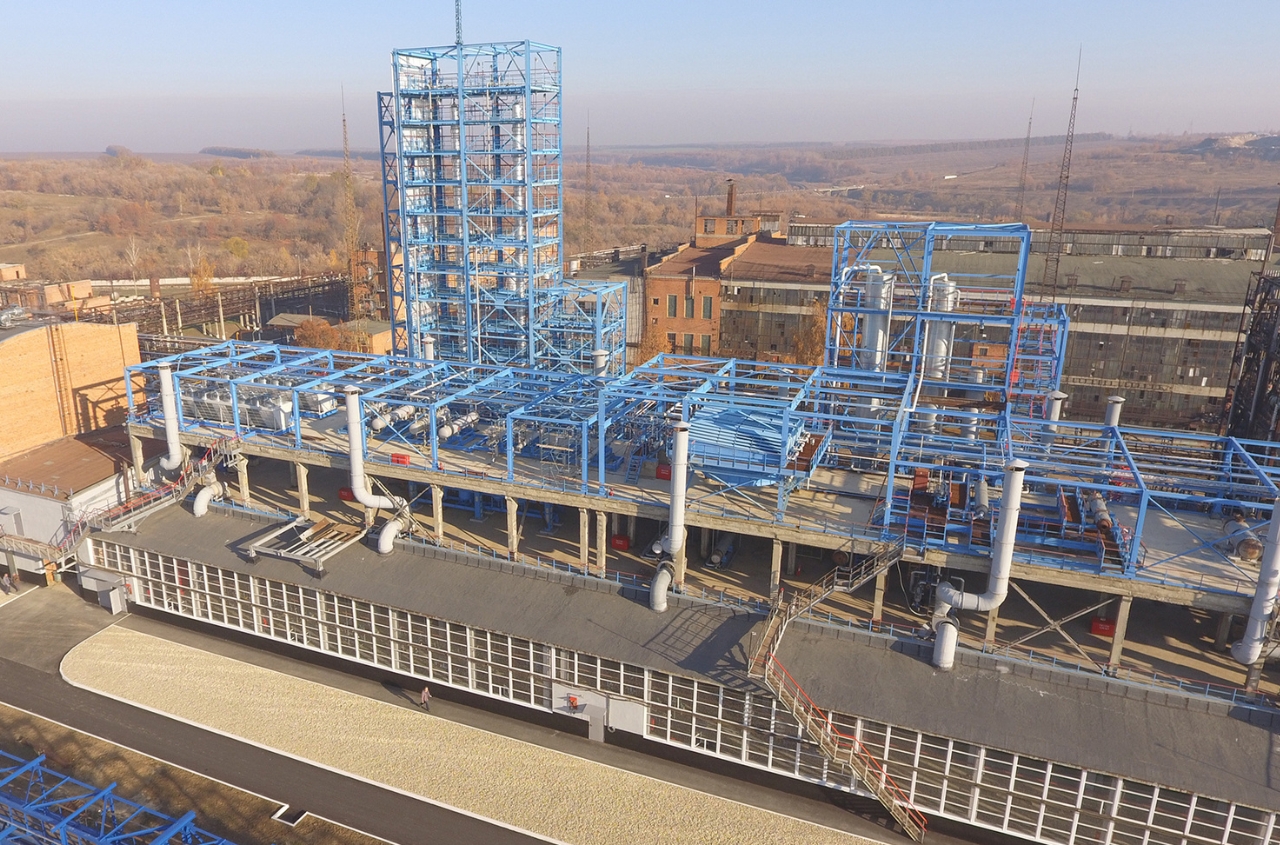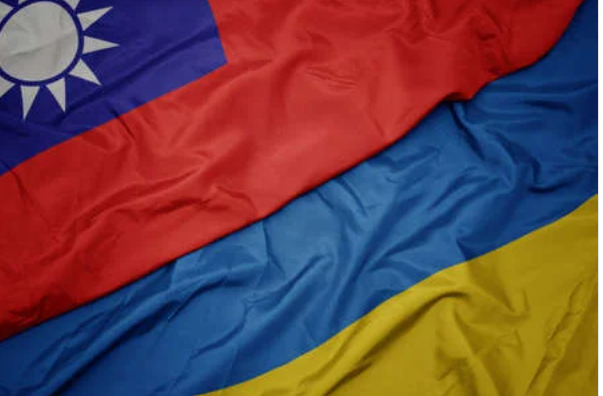Alexander Kovalenko for Obozrevatel.
The information space continues to be unsettled by the topic of peace negotiations with Russia, despite Kyiv's consistent stance on the process. Recently, there has been increasing discussion that negotiations may only take place under the condition of a strong Ukrainian position. However, opinions on what constitutes a strong position vary widely and are often mistaken, with some people having no clear understanding of it. Let's examine this in detail.
Initiative in the Combat Zone
To understand what a strong negotiating position entails, it should be explained through the concept of initiative in the combat zone, as these concepts are interconnected. Many might find this concept dissonant.
Since October 2023, analytical reports from Western agencies frequently describe that "initiative" is held by Russian forces. This characterization stems from the fact that since that date, Russian forces have been in a state of continuous offensive and advancement, which creates the impression of "initiative." However, I fundamentally disagree with this assertion.
The fact is that after the conclusion of the counteroffensive campaign in 2023, Ukrainian forces across the entire line of conflict transitioned to defense. By the end of 2023, a concept of old-new defensive strategy was fully formed (which was discussed in 2022 but forgotten in the wake of successful counteroffensives). This strategy involves defense and exhausting the enemy. And now we are about to delve into the dissonance.
Since October 2023, Russian forces have been advancing along the entire line of confrontation, with the most significant success in the Pokrovsk direction (following the occupation of Avdiivka). Almost every day, there is some advancement by 100-200 meters on various sections, which appears as "initiative" in the overall picture. However, the nuance is that this is more of an initiative by the Ukrainian Defense Forces (UDF) rather than by the Russians.
The current strategy of the UDF is defensive, aimed at exhausting the enemy. What have we observed all this time? The defense of the UDF and monthly records of Russian occupation losses, which are systematically and inexorably depleting. They are depleting to the point where Putin personally has to travel to Pyongyang to beg for help, and since the beginning of 2024, Russian envoys have been trying to negotiate the purchase of old Soviet or Russian equipment in Central Asia, the Middle East, Africa, etc.
Of course, some might argue that this is nonsense. They are advancing, capturing our territories every day – and this is also their strategy, which is being implemented 24/7!
Yes, they are advancing and capturing, but as I have pointed out before (repeatedly), these rates are dozens of times slower compared to the 2022 offensives! To be precise, they are 90 times slower! At the same time, Russian forces are losing personnel five times more each month than in 2022. So, whose strategy is currently being implemented with higher efficiency – that of the Ukrainian Defense Forces or the Russian occupation forces? The strategy of capture and advance or the strategy of defense and exhaustion?
The latter has led to the point where even the international monitoring community has noticed how depleted the stockpiles and storage centers of Soviet equipment in Russia are as of the second half of 2024. The critical situation with compensating losses and replenishing the mechanized component of Russian forces is being recorded by leading Western OSINT analysts.
Given all this, the question arises: who actually holds the real initiative in the combat zone? The one who is forced to advance because it is their last chance to capture something without hope of holding it in the future, or the one who forces the opponent to advance and lose increasingly more resources?
Strong Negotiation Position of Ukraine
What do most people envision when they think about a strong negotiation position for Ukraine? The process of the Ukrainian Armed Forces (SOU) advancing and pushing back Russian occupiers, liberating square kilometers of territory daily, thereby putting Russia in a position where it cannot make ultimatums.
This is partly correct, but only partly. In fact, a strong negotiation position for Ukraine will become evident by the end of 2024, and I have already explained why this will happen.
Russia is gradually approaching a critical state of its military-industrial complex, where it will be impossible to not only fully equip its army but even to simply compensate for losses.
Let me give a simple example to clarify this.
Currently, the Russian occupying forces have 3,500 tanks of various modifications considered operational. At the same time, the aggressor has less than 2,500 tanks in reserve. Monthly, the Russian grouping loses between 250 and 350 tanks, but also restores 300-350 tanks, using resources from reserves and repair brigades.
Given these loss rates, within 7-10 months, the warehouses and storage centers for main battle tanks (MBTs) will be completely depleted, leaving Russia with just 3,500 tanks. If the current trend of monthly losses continues, this number will be reduced to zero within 12 months. By the end of 2024, Russia will be left with empty MBT warehouses (or, more simply, with an exhausted legacy from the Soviet Union), and by 2025, the process of completely depleting its tank component will begin.
It is worth noting that the aggressor country does have tank production from scratch, but it is limited to just one plant—Uralvagonzavod—which has a monthly output potential of less than a battalion set of T-90 and T-72 tanks. That is, a total battalion set of two types of tanks—assuming the lines are not occupied with restoring products from conservation. But can 11-15 tanks solve the problem of compensating for monthly losses of 250-350 MBTs?
It is also important to understand that this problem affects almost all types of equipment in the Russian defense industry. Armored combat vehicles (ACVs) face a similar issue, with even worse recovery problems compared to MBTs. Although the production of new ACVs is better than tanks, it is still insufficient to compensate for the monthly losses in this category.
Artillery is in a better situation than MBTs and ACVs, but mainly due to stockpiles, while production is worse than for tanks and armored vehicles.
Considering this information, which is also known to Russia's top military and political leadership, do you think they do not realize that with the unchanged loss dynamics, their army will be disarmed by 2025? Moreover, this is well known not only in Ukraine or by Western analysts and intelligence agencies but also by Russia's so-called friends. For example, China, which has its own specific relationship with Russia that is difficult to call sincere friendship.
In essence, Russia is drawing closer to the very goal that Putin referred to as one of the objectives of the so-called Special Military Operation (SMO) in 2022—demilitarization. This raises the question: will Russia be willing to fight until the last tank?
Conclusions
A strong negotiation position for Ukraine does not necessarily mean a triumphant advance by the Ukrainian Armed Forces (UAF) liberating thousands of square kilometers daily. Ukraine achieved victory in the Black Sea without a fleet by destroying the Russian Black Sea Fleet, reducing it to a flotilla, and potentially turning it into a Novorossiysk boat station in the future.
Ukraine has demonstrated an ability to fight using unconventional and non-classical methods. While in 2022 some "experts" were tearing their hair out and panicking over the loss of all naval ships, those responsible for liberating the Black Sea were planning future operations and systematically working towards their goals.
And now, when many are panicking and viewing the situation on the front as critical (forgetting what happened from February to April 2022), they still do not understand how this "crisis" in the conflict zone could end for those who are allegedly its "initiators" and what tools it might give Ukraine in the near future.




















